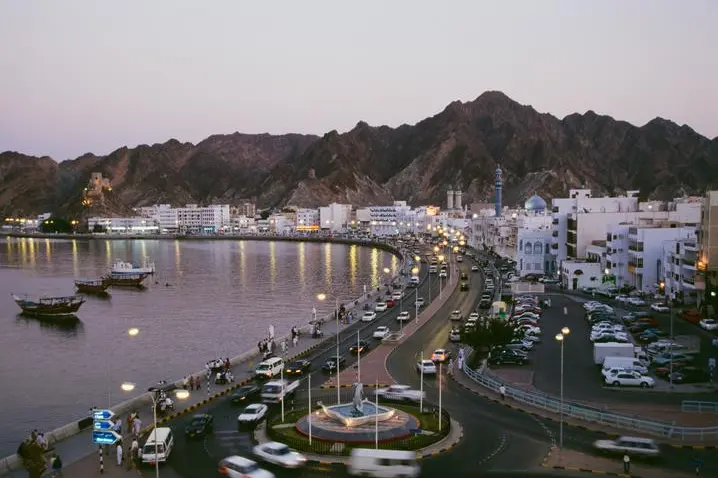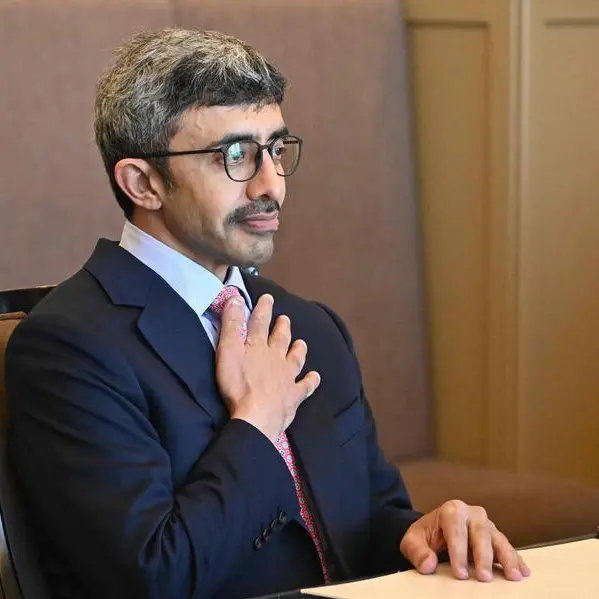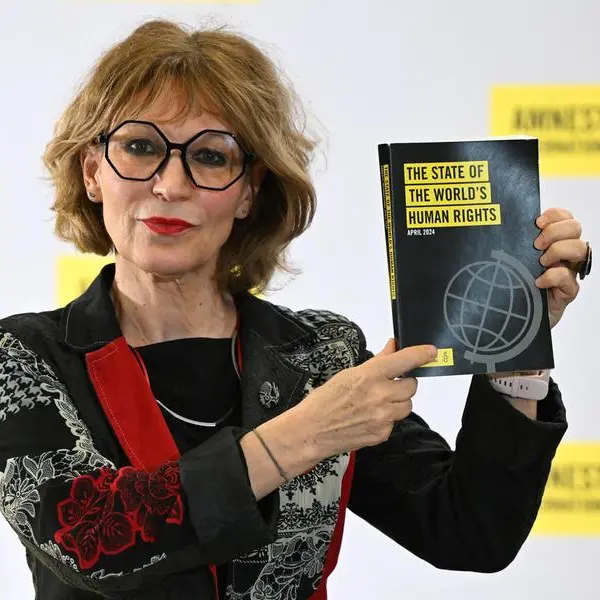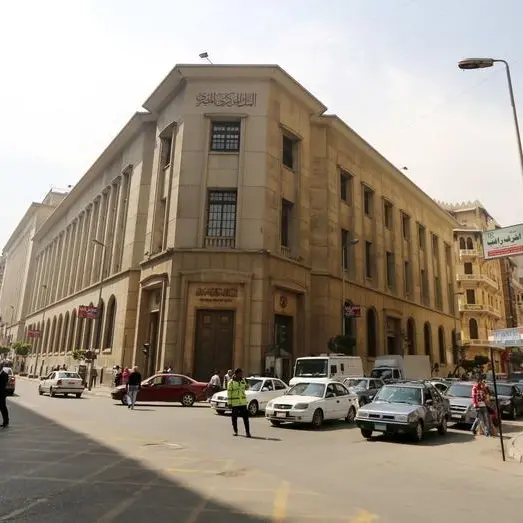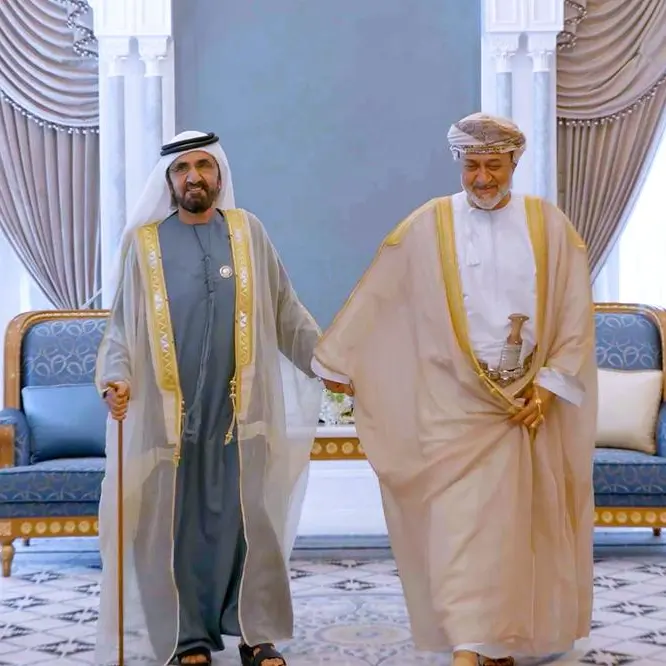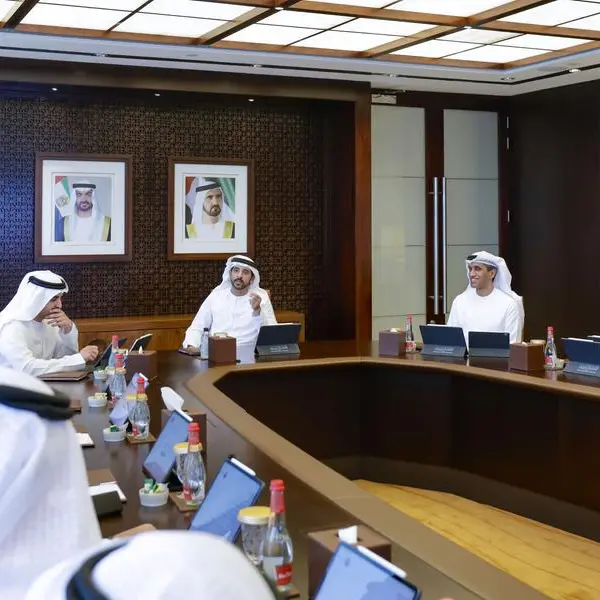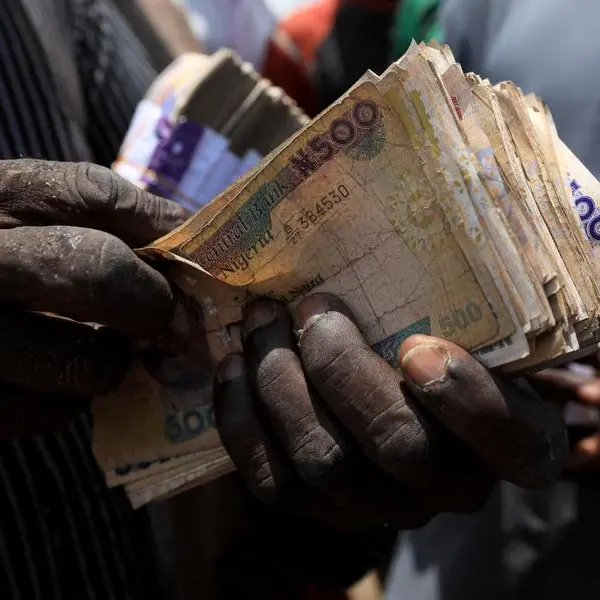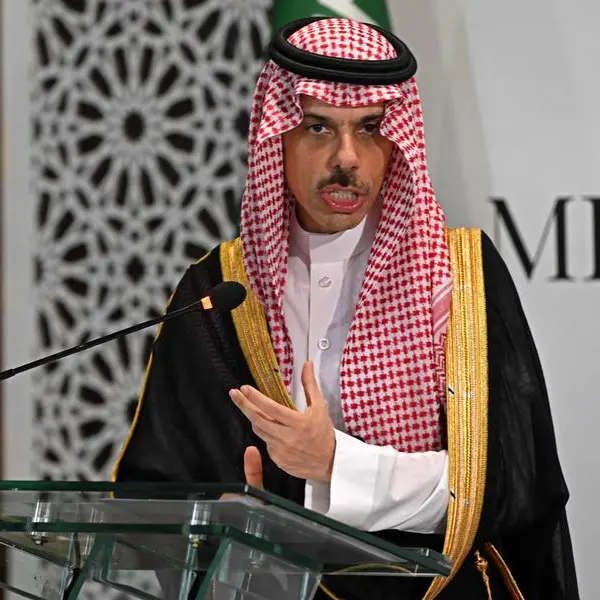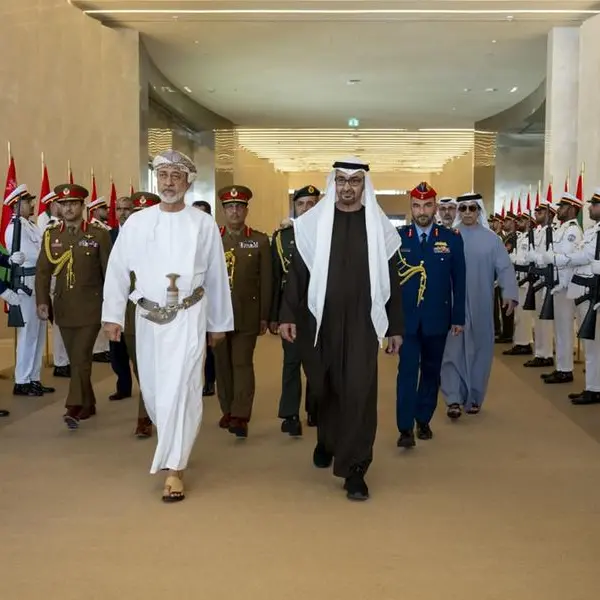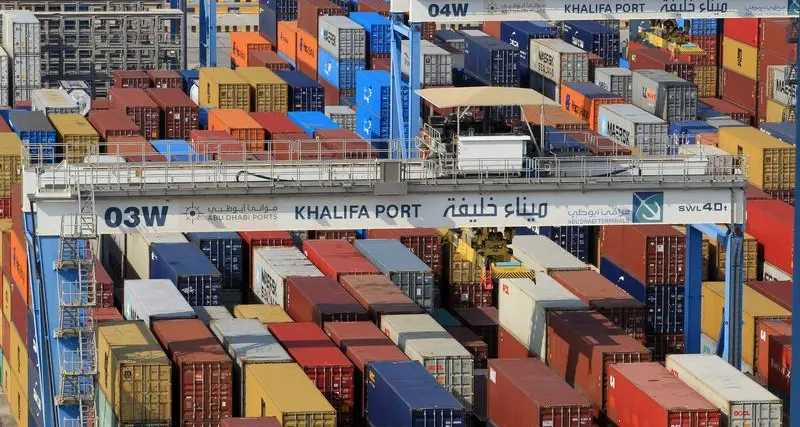PHOTO
Muscat: Oman is predicted to have the highest growth among the countries of the Gulf Cooperation Council next year, according to a new report from the World Bank.
The Sultanate’s growth rate is expected to spike to six per cent in 2020, thanks to returns from the Tanfeedh programme for economic diversification, as well as continued investments to expand its oil and gas sector, with the Khazzan gas fields being targeted for significant expansion.
The figures were mentioned in the World Bank’s Gulf Economic Monitor as well as its Oman: Economic Update for April 2019.
While growth in Oman is predicted to dip to 1.2 per cent in 2019 from 2.1 per cent last year, it was forecast to jump up to six per cent in 2020.
The report also added that diversification investment would continue to support growth in 2021 and the medium term.
In comparison, Bahrain’s growth is projected to reach 2.2 per cent in 2020, while Kuwait’s economy is likely to grow at around three per cent.
Qatar’s growth is rated at 3.4 per cent, and in Saudi Arabia, growth is expected at the rate of three per cent. The UAE’s growth rate is also forecast at three per cent in 2020.
The Oman Economic Update said: “Growth is projected to slow to 1.2 per cent in 2019 as Oman’s commitment to the December 2018 OPEC+ output cut constrains oil production. There will be a one-off spike in growth to six per cent in 2020 as the government plans to significantly increase investment in the Khazzan gas field.
“The potential boost from the diversification investment spending would continue supporting growth in 2021 and the medium term,” the report adds.
The Gulf Economic Monitor of the World Bank added: “The start of production at the $5 billion Raba Harweel Project, the largest undertaking by Petroleum Development Oman, and a planned sizeable investment in the Khazzan gas field, jointly owned by British Petroleum and Oman Oil and slated to increase natural gas production by 50 per cent to 1.5 billion cubic feet per day, could spur GDP growth in Oman to 6 per cent in 2020.
“Thereafter, growth is projected to slide back to 2.8 per cent in 2021,” according to the World Bank report “Growth towards the end of the forecast period is expected to be supported by private non-oil investment, including from allowing a hundred per cent foreign ownership of businesses (subject to a threshold on capital), implementing a proposed new Foreign Capital Investment Law, liberalising key sectors of the economy, and increasing the use of Public Private Partnerships (PPP).”
Economists and financial planners in Oman said this growth rate reflected the expected positive outcomes of the Tanfeedh plans.
Dr Anchan CK, an investment advisor in the country, said: “Oman continues to offer a strong value proposition for businesses, with a wide range of industrial estates and special economic zones (SEZs) adding to the attraction. Oman’s geostrategic location is also a considerable advantage, while ports and airports connect it to some of the world’s busiest trading routes and most dynamic markets. The push to increase manufacturing investment is further supported by government plans to quicken the pace of privatisation.”
In addition, Tawfiq Al Lawati of the Majlis Al Shura said while this was good, diversification needed to continue to ensure growth was achieved in future as well.
“This is good because, for the private sector, it means more business,” he said. “Hopefully, it will result in more jobs created, especially for the locals,” he said. “For example, should we find a six per cent increase in jobs created for locals, a similar percentage increase in the number of businesses established, and also, we need a more diversified economy, because the oil prices changes, and normally, services are linked to this price. But even if this growth is temporary, it is good, and for the long-term, we have to find other alternatives and not depend only on oil prices as we need other sources of income.”
Commenting on this, Issam Abousleiman, the Regional Director of the GCC Countries, MENA Region, at the World Bank Group, said most of the nations in the region were diversifying away from their traditional oil-and-gas-based fossil-fuel sources of income, and pointed out four major areas of reform that needed to be conducted.
“First, countries should elaborate and follow up the structural reforms launched with their vision statements,” he explained. “Fiscal adjustment remains a continuing priority in view of the GCC’s over-reliance on oil revenues and mobilisation of non-oil tax revenues. Achieving spending efficiencies is an equally important agenda. Extracting efficiencies in public spending on health and education, for example, are inextricably linked with fostering human capital formation.
“Second, economic diversification will be more sustainable if it is private sector-led,” added Abousleiman. “Overall, the drive for economic diversification must be matched by reforms to enhance the viability of private sector activity and encourage risk-taking by the private sector. Third, a vital part of the region’s economic transformation and structural reform agenda is human capital formation. Investing in people is not only within the control of policymakers and good for the economy, but it also has broader implications for welfare, prosperity and equity.”
He also said that it was important for Oman and the other GCC nations to take stock of their nationalisation programmes when it came to replacing foreign labour with skilled local workforces.
Abousleiman said: “It may be useful to reflect on the outcomes achieved so far with the current efforts on workforce nationalisation. While job creation is the overarching goal of the broader drive for diversification, sustainable employment would require a vibrant private sector that is able to absorb skilled labour and a labour market that allows for flexibility, skill-building and reasonable compensation.”
© Muscat Media Group Provided by SyndiGate Media Inc. (Syndigate.info).
